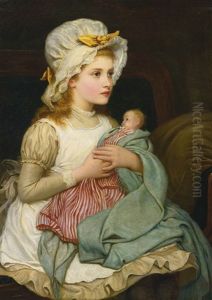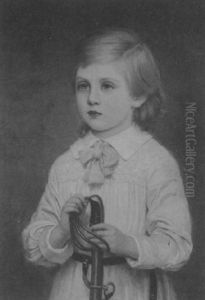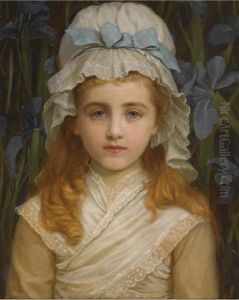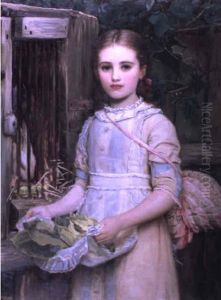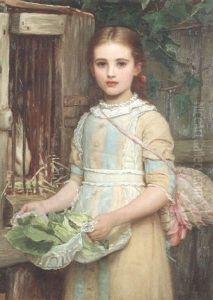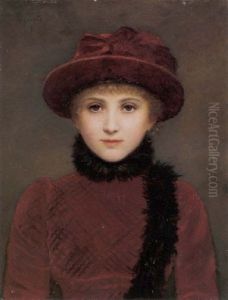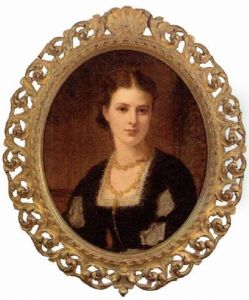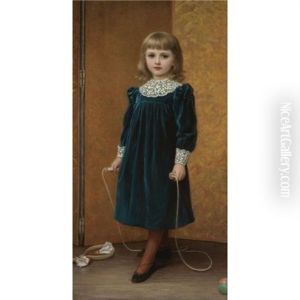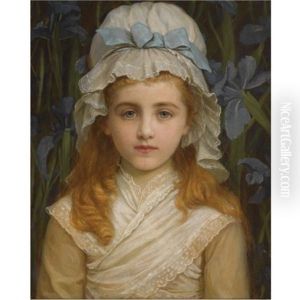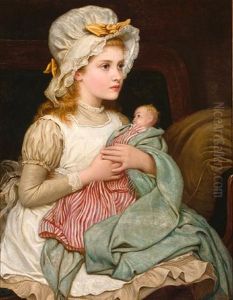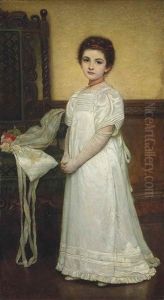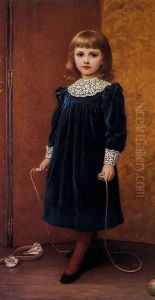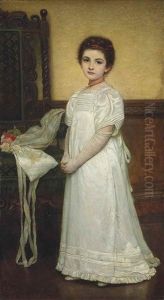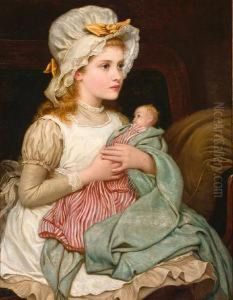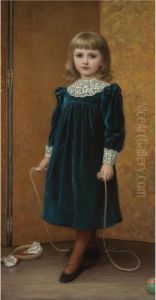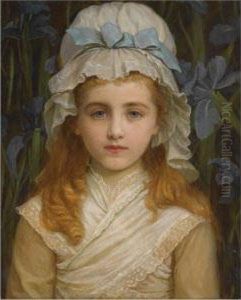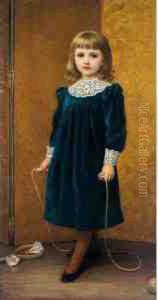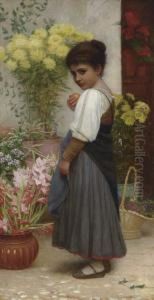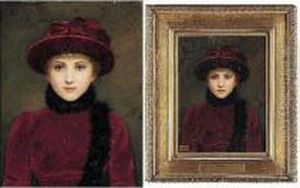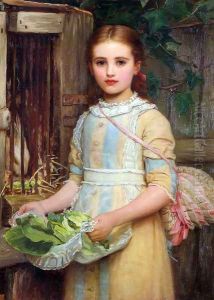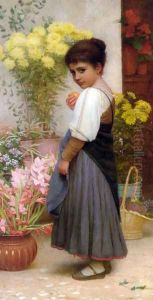Kate Perugini Paintings
Kate Perugini, born as Catherine Elizabeth Macready Dickens, was an English artist known for her portrait paintings and her association with the Pre-Raphaelite circle. She was born on October 29, 1839, in London, as the daughter of the famous Victorian novelist Charles Dickens and his wife Catherine Dickens (née Hogarth). Her artistic inclination and talent were evident from an early age, and she was encouraged by her family to pursue her passion for painting.
Perugini received her artistic education informally, studying under the guidance of her father's friends and contemporaries, such as the esteemed Victorian painter John Everett Millais, who was a prominent figure in the Pre-Raphaelite Brotherhood. She was also influenced by other members of the Brotherhood, including Dante Gabriel Rossetti, who became her mentor and friend. Her work was characterized by the fine detail, rich color, and emotional depth that were hallmarks of the Pre-Raphaelite style.
Despite the overshadowing fame of her father, Kate Perugini managed to establish herself as a respected artist in her own right. She exhibited her work at prominent venues such as the Royal Academy and the Society of British Artists. Her portraits often featured women and children, capturing them with sensitivity and a nuanced understanding of character. Perugini's paintings were praised for their elegance and charm, and she gained a respectable clientele who sought her portraiture.
Kate's personal life was interwoven with her artistic career. In 1860, she married Charles Allston Collins, a painter and writer who was associated with the Pre-Raphaelites. After Collins' death in 1873, she remarried in 1874 to the painter Carlo Perugini, taking his surname. Together, they were known for their artistic partnership and hosted a salon that attracted many notable figures of the Victorian art scene.
Perugini continued to paint throughout her life, although her output and public visibility declined in her later years. She remained dedicated to the arts and was involved in charitable work, including supporting the Guild of St. George, a philanthropic society founded by John Ruskin. Kate Perugini died on May 9, 1929. While her work was somewhat forgotten after her death, recent scholarship has begun to recognize her contributions to Victorian art and her role in the wider Pre-Raphaelite movement.
